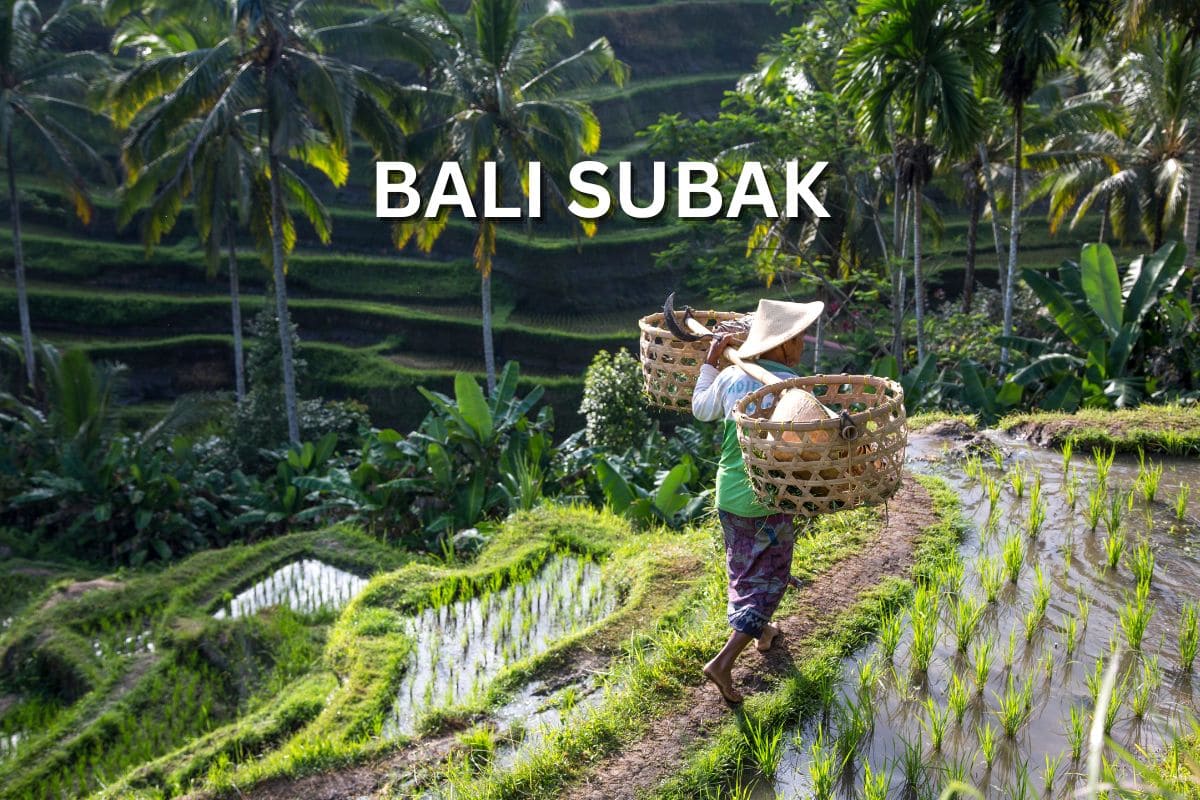Subak Bali is an irrigation system used in Bali. It’s a clever way to bring water to rice fields. But it’s more than that. It’s about people in Bali working together, following their traditions, and caring for the land. They use a special Balinese idea called “Tri Hita Karana.” This idea is about keeping everything in balance – people, nature, and spiritual beliefs. Subak is a great example of how the Balinese people are smart and creative in using water for farming. It shows that Bali is not just a beautiful place. It’s also a place where people have deep traditions and smart ways to live with nature. (source Wikipedia on Subak)
Subak in historical context
Subak in Bali, known locally as “Sejarah Subak Bali,” has a history that stretches back to around the 9th century. Over the centuries, Subak evolved to become an integral part of Bali’s cultural heritage, known as “Subak Bali Warisan Budaya Dunia.” The recognition of Subak as a UNESCO cultural heritage site highlights its significance not just in agricultural practices but also in the cultural and spiritual identity of Bali. People from all over the world come to see how Subak works and learn about Bali’s unique way of life. (source Bali Subak System)
The irrigation system explained
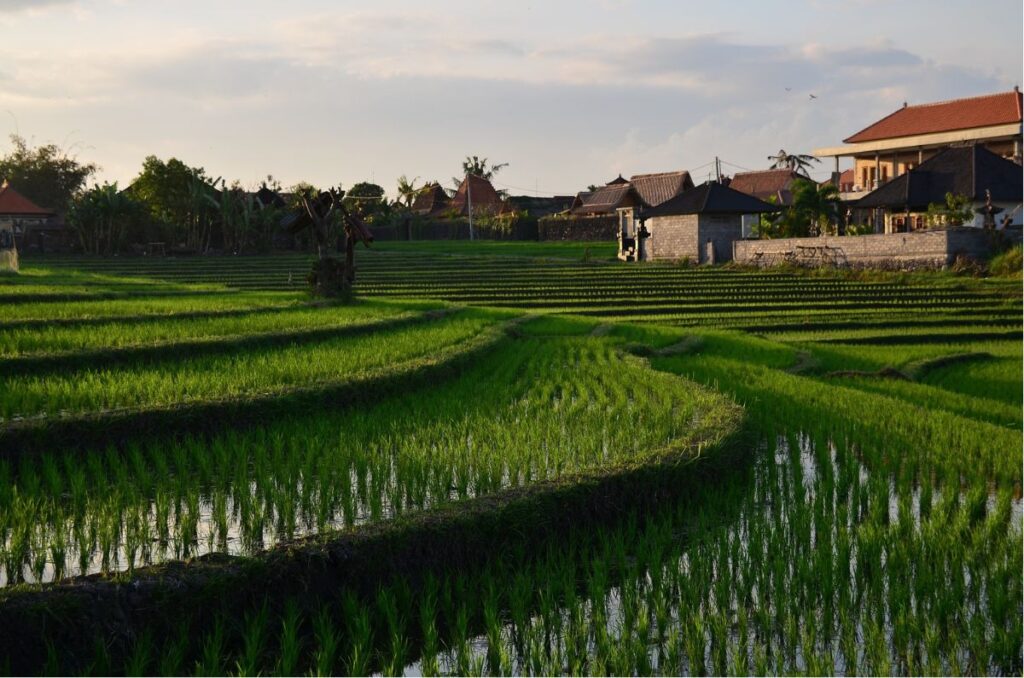
Subak is all about sharing water in a fair and organized way. Imagine Bali’s lush landscapes and rice terraces, all needing water to grow. Subak makes sure that water from rivers and lakes gets to these terraces through a network of canals, tunnels, and gates. It’s like a big puzzle where every piece needs to fit perfectly for the whole system to work.
Now, the cool part about Subak is that it’s not controlled by just one person. Instead, it’s managed by groups of farmers who work together. They meet, discuss, and decide when and how much water each area should get. This way, everyone gets their fair share, and the rice terraces stay green and productive.
Speaking of rice terraces are famous worldwide. These terraces are not just beautiful; they are a perfect example of how Subak works. Jatiluwih Rice terrace is a perfect example for this. The terraces are built in a way that lets water flow from one level to another. This means that water from a single source can be used to irrigate many fields. It’s super efficient and shows the ingenuity of the Balinese farmers. (source: origin of Subak System)
Subak recognized as a UNESCO cultural heritage site
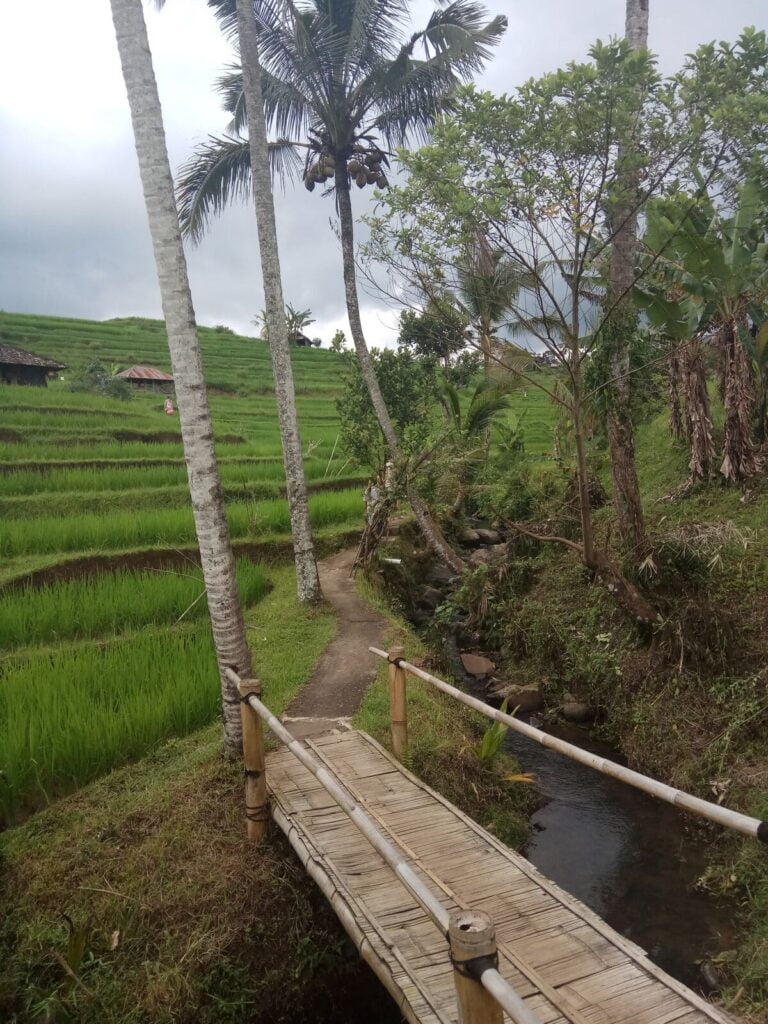
This traditional irrigation system of Bali, got a big honor from UNESCO since it got recognized. This was a huge deal for Bali and all of Indonesia. Let’s talk about why this is so important.
First off, when UNESCO says something is World Heritage, it means it’s really special and important for the whole world. It’s like saying, “Hey, this thing is so amazing, everyone should know about it and take care of it.” So, when Subak got this recognition, it was a big moment. It showed that the way Balinese people work with water and land is super smart and something we can all learn from.
For Bali and Indonesia, this was like a gold star. It put them on the map for having a unique way of farming. People from all over the world got interested in how Bali uses water in such a smart way to grow rice. It also made more tourists want to visit different parts of Bali and see the beautiful rice terraces and learn about Subak.
This recognition helped protect Subak. It meant that people would work harder to keep this system going and not let it get lost or changed in bad ways. It’s like having an ancient treasure; you want to keep it safe and show it off, but you also want to make sure it stays the way it is.
Challenges and future this cultural heritage site has
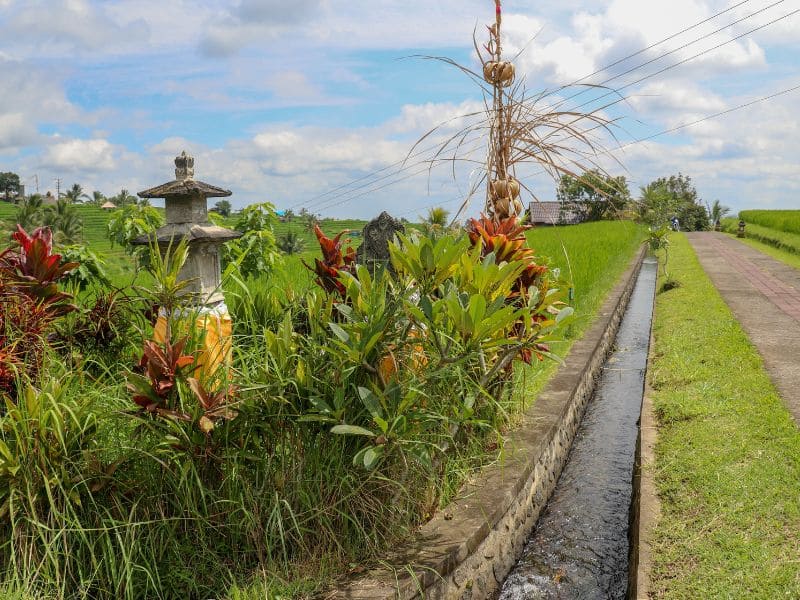
This traditional irrigation system in Bali is facing some modern challenges. As the world changes, so do the ways we live and work. For Subak, this means it has to deal with new problems that weren’t there before.
One big challenge is how Bali is growing and changing. More people are coming to live and visit, and this means more buildings and roads. Sometimes, these new buildings take over the land where water used to flow for Subak. This can make it hard for the water to get to the rice fields like it used to.
Another challenge is how the weather is changing. Sometimes it rains a lot, and other times not enough. This can make it tricky to plan when to water the rice fields. Subak depends on having the right amount of water at the right time, so this can be a big problem.
But it’s not all bad news. People in Bali are working hard to keep Subak going. They know how important it is, not just for growing rice but also for their culture and history. The people make sure new buildings and roads don’t hurt the Subak system. They are also looking at how to deal with the changing weather.
One idea is to use new technology to help. This might mean using computers to keep track of the water and where it needs to go. It could also mean finding new ways to store water when there’s a lot of rain, so it can be used when there’s not enough.
The future of Subak is about balancing the old ways with new ideas. It’s about keeping the traditions and culture alive while also dealing with the modern world. It’s not always easy, but the people in Bali are committed to making it work.
Subak in Tourism and Education
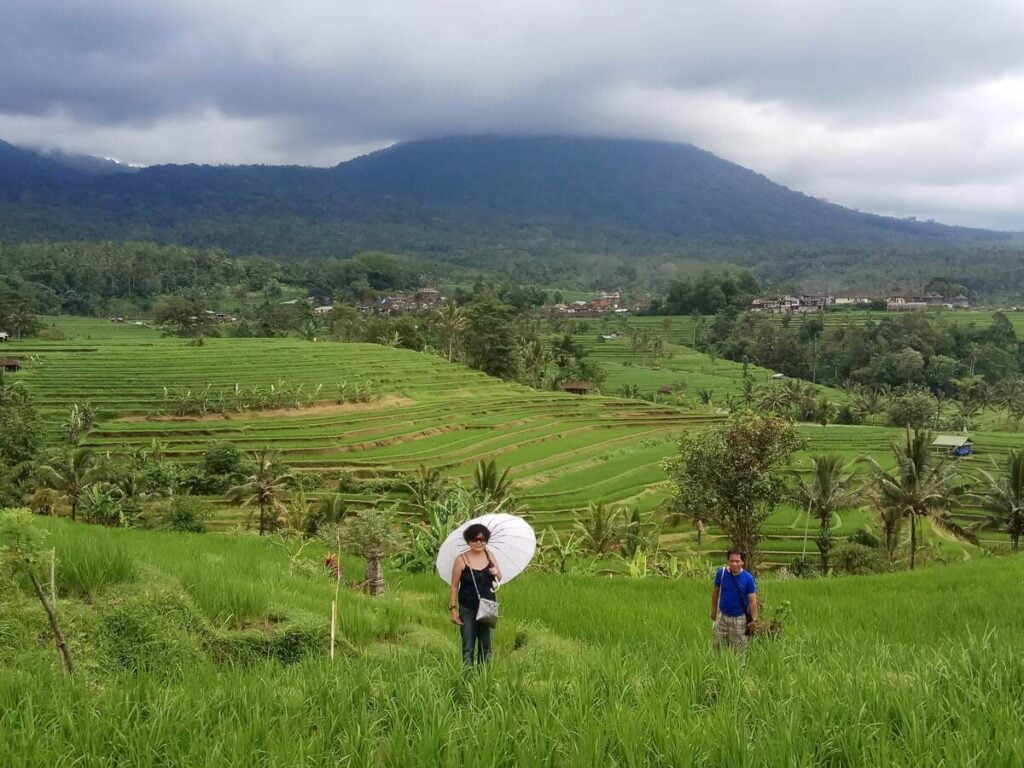
Subak is a must-see for tourists. Imagine walking through beautiful rice terraces, seeing how the water flows from one field to another. It’s not just pretty; it’s like stepping into a living piece of history and culture. Tourists love to see how the Balinese people have worked with nature for so long. It’s a real-life example of people living in harmony with the land.
But Subak is more than just a pretty place to visit. It’s also a great way to learn about Bali’s traditions and way of life. For example, there are cooking classes where you can learn to make traditional Balinese dishes. These aren’t just any cooking classes. They often start with a walk through the rice fields, where you learn about Subak and how it helps grow the rice you’ll use in the class.
These cooking classes are a fun way for both tourists and locals to get hands-on experience with Bali’s food and farming. You get to see where the ingredients come from and then learn how to turn them into delicious meals. It’s a full circle from farm to table, and it gives you a real appreciation for the food and the way it’s grown.
Final Thoughts
Let’s remember that Subak is special. It helps make Bali beautiful and teaches us about working together with nature. Even though it’s old, it’s still very important today. Subak is not just good for Bali, but for everyone to learn from. It shows us how to take care of our planet and live better.
Hi I am Dwi. I am a blogger, travel agent and a mom of a lovely daughter and wife to a supportive husband. I customize and plan tours in Bali and islands nearby for a living and have been doing this for more than 14 years. Get in touch via contact [at] taletravels.com
